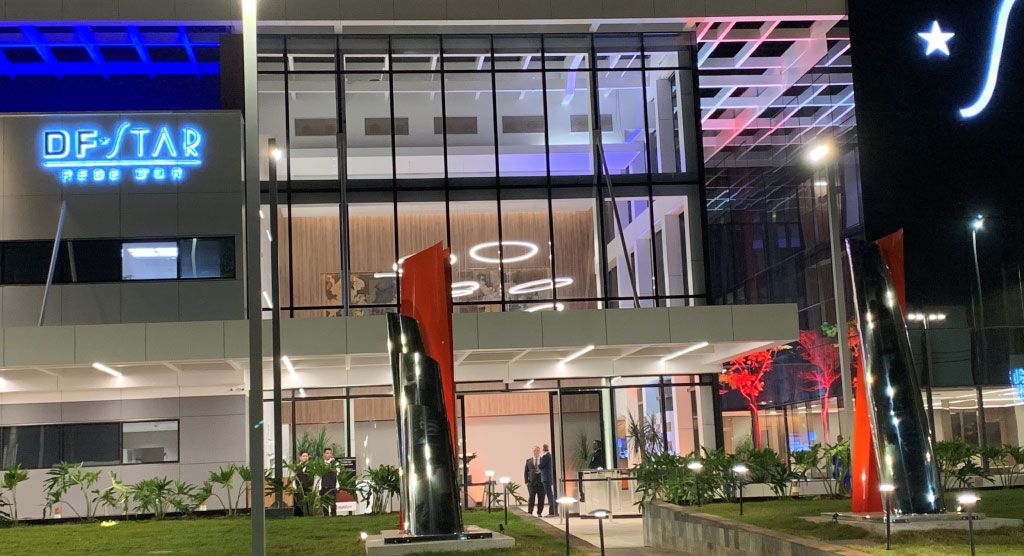Radiosurgery as it should be – smooth, painless, effective and close to home

As a doctor, Jane Phillips weighed all the risks – and advantages – before choosing Gamma Knife to treat her brain tumor

Losing her hearing due to a vestibular schwannoma* would have been devastating for Jane. After all, she plays both percussion and harp in her free time. But it was her profession and appearance she was more concerned about, which influenced her choice to have it treated with extremely precise, minimally invasive radiosurgery.
As a doctor, Jane meets people face-to-face daily and needs to engage them in conversation. “I wanted to minimize the risk of a facial nerve injury as I need my face to work,” she explains.
Removing the tumor surgically was the other option, which can result in balance problems, facial numbness, and other symptoms. In addition to her patients, Jane also has her partner and 14 and 12-year-old children at home to consider.
Now, six years since her Gamma Knife® treatment, she is even more convinced she made the right choice. “I was terrified of having my brain treated in any way as I need it to be sharp and functional to do all the things I love,” she says. “But other than some fogginess due to slight swelling after the treatment, it was so simple, and I realized I shouldn’t have felt so frightened.”
Jane says the actual treatment was almost anticlimactic. “I went to the hospital and had a magnetic resonance imaging (MRI) scan to plan for the treatment, then received local anesthetic and had the frame fitted to my head. This was the weirdest part as I felt pressure in my teeth as they tightened the frame. It looked a little scary but was fine once it was on. I could eat and drink and watch TV until I went into the treatment room. I lay down on the couch and got to choose some music while the treatment was being prepared. The staff gave me a warm blanket and I actually fell asleep for most of the treatment. I felt nothing and the actual treatment was over before I knew it!”
“I felt nothing and the actual treatment was over before I knew it!”

She says the team at Macquarie University Hospital (Sydney, Australia) were soothing and supportive during the entire procedure. She smiles and jokes that it was better than a day looking after her two children – who were six and eight at the time.
“The staff had me looking like a cartoon character with a bandage around my head when I went home that same day. I was very tired but relieved to be in my own bed that night.
Six years on, Jane says her quality of life is as good as before her diagnosis. And her family is happy to have her back, running, playing music and doing all the things she loves to do.
Learn more about the Gamma Knife treatment process.
*A benign, usually slow-growing tumor that develops from the balance and hearing nerves supplying the inner ear, also called acoustic neuroma.





